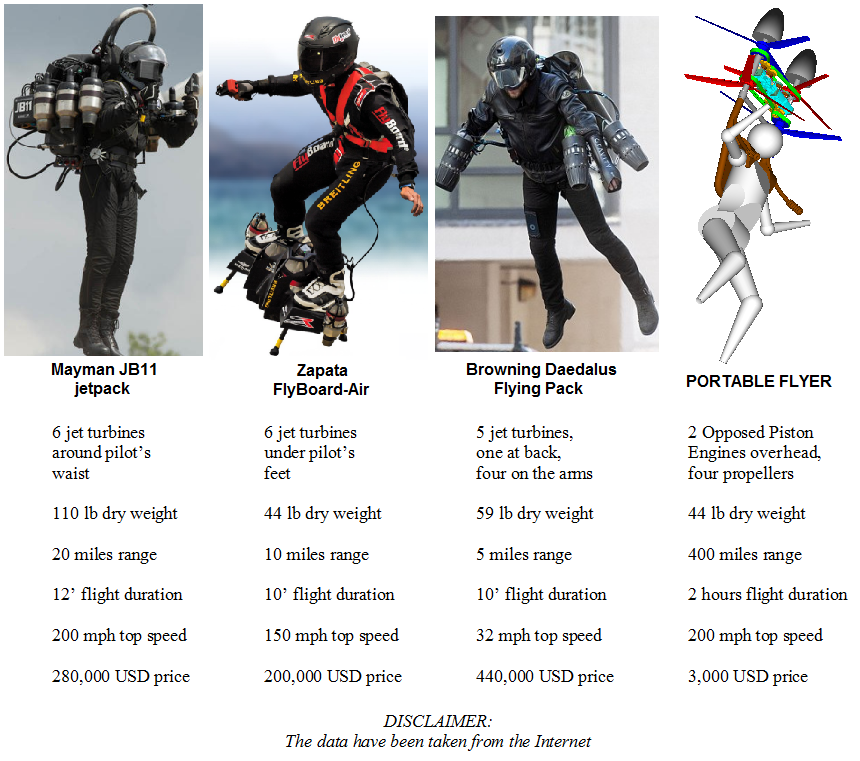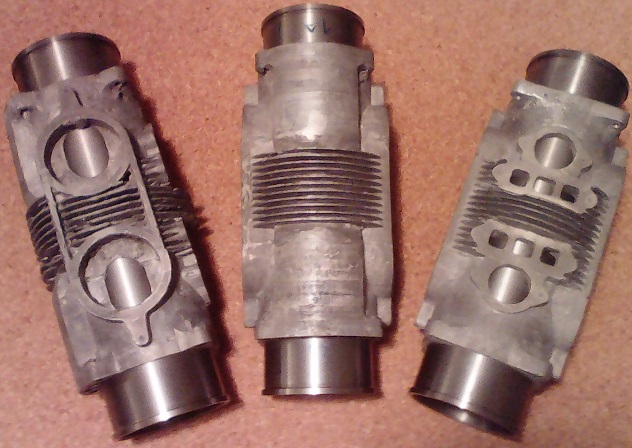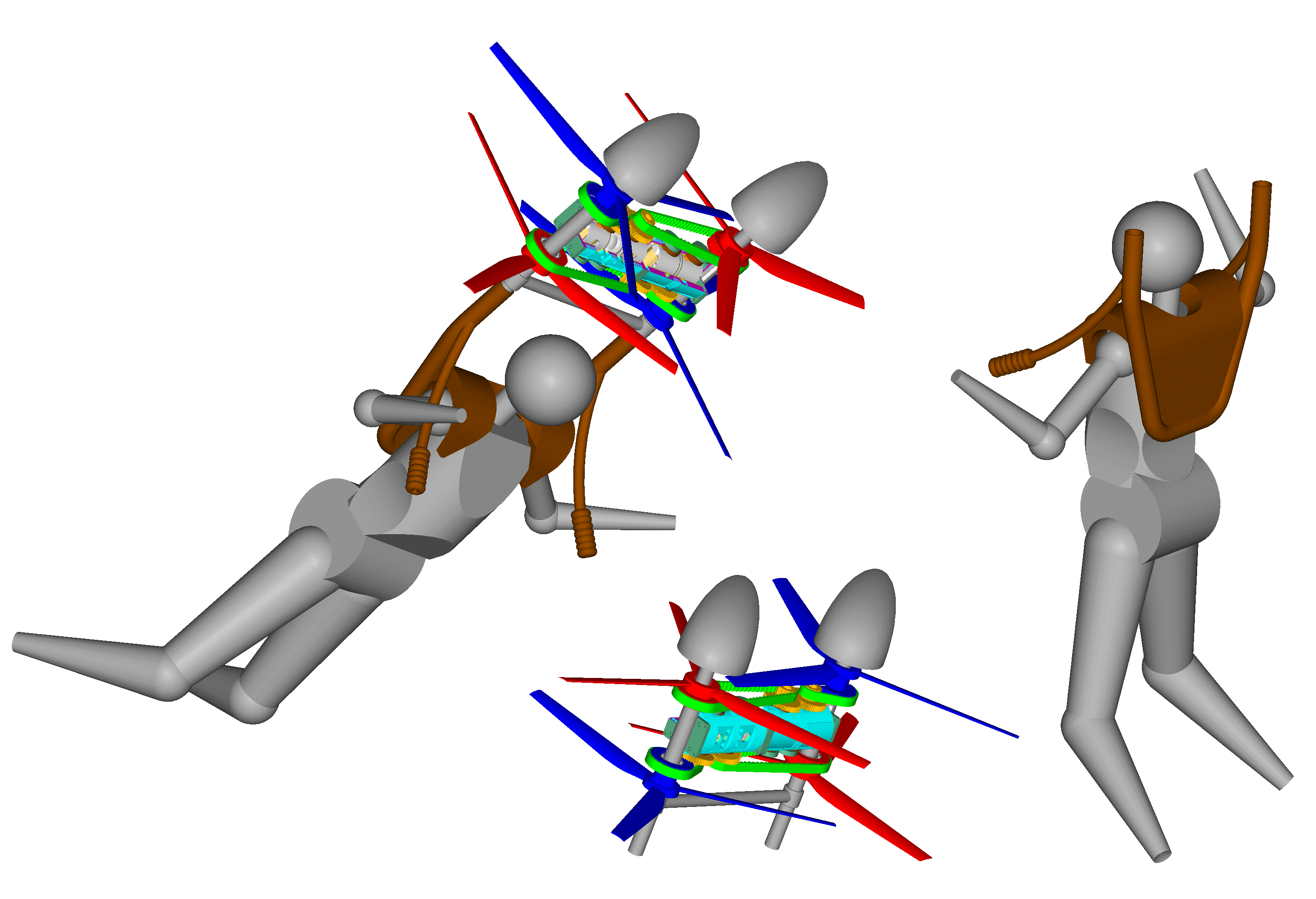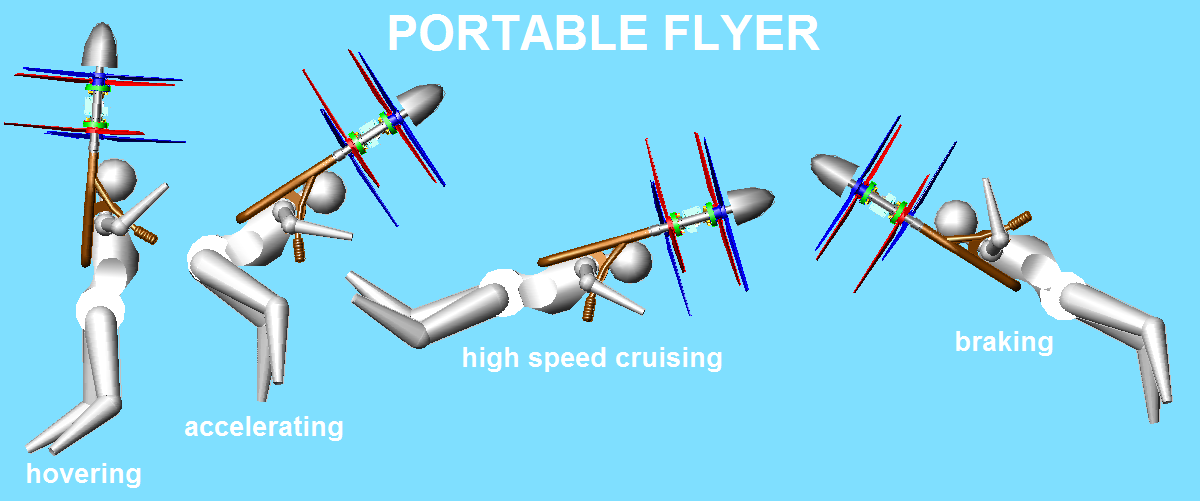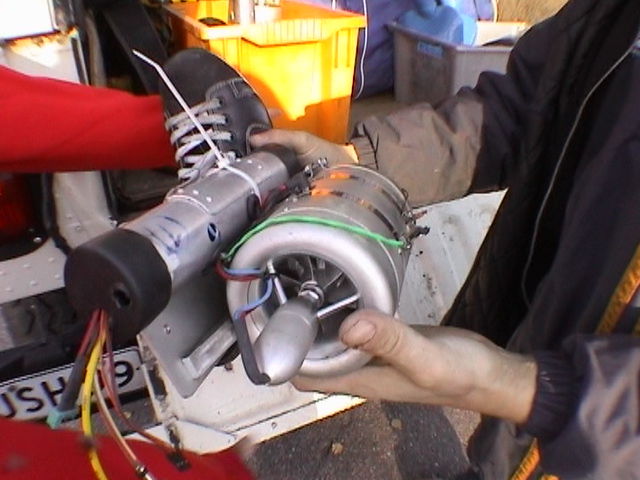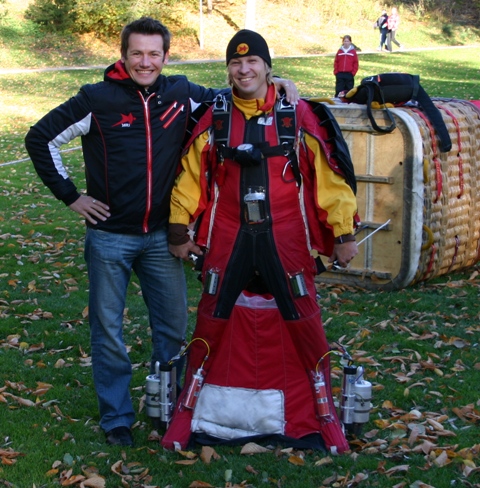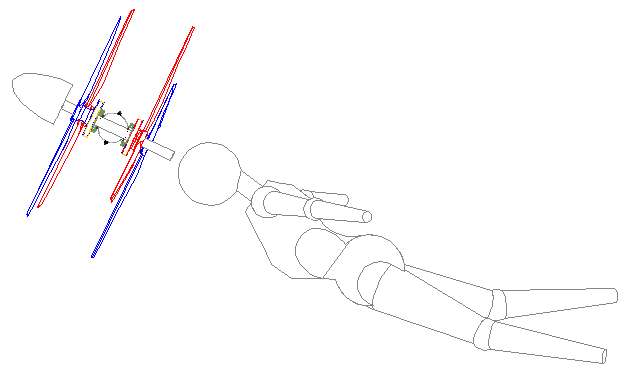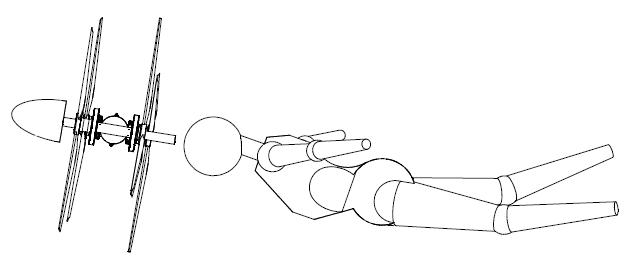congratulations to those designing and making engines !
taking only the easy path of the spectator I found these Suzuki data from a site on 50cc racing motorcycles ....
https://www.classic50racingclub.co.uk/s ... acers.html
1964 single cylinder 40x39.5mm 9 gears 11 bhp @13000 rpm
1966 twin cylinder 32.5x30mm 12 gears 16.5 bhp@17000 rpm 20mm carbs (1967 14 gears 18 bhp@17300 22mm carbs)
1968 three cylinder (never raced) 28x26.5mm 16 gears 19 bhp@20000 rpm 20 mm carbs
these seem to imply with progression to more, smaller, cylinders the port areas increasing proportionately to support rpm
corresponding to stroke reduction ie based on piston speed (the engines being breathing limited not stress limited)
(the 3 was a rotary valve L-shaped 3 - there was a similar 125 L-3 as a conservative reserve for the 125 square 4)
imo the proliferation of gears between 1964 and 1968 was simple ....
the 1964 machine did maybe 80 mph - so needed a range of gears from eg a 40 mph hairpin to 80 mph
the 1968 machine did maybe 105 mph - so needed a range from 40 mph to 105 mph
ie the 1968 power band was relatively narrower than the 1964's but not narrower in rpm terms
from this do people think the port timing became more extreme over this period - or not ? .... and why (or not) ?
btw the 1969 rules yielded a Yamaha single 40x39.6mm 6 gears 15 bhp@15200 - not raced due to Bill Ivy's death
re. personal flyers ....
my TV showed a history of the jetpack (ex-rocketpack) flier rounding the Statue of Liberty
he nearly crashed from overbanking his turn and starting to 'fall' as the vertical thrust vector became increasingly inadequate
(he crashed his rocketpack into Sydney harbour that way)
does this tell us something about personal flyers ? - (spiral instability ?)
re. the recent upsurge in another thread of discussion on so-called 'Big Bang' engines (a bit like discussion of UFOs)
there is one kind of vehicle where any crankshaft rotational moments due to inertial effects clearly transmit to the load
it's the steam railway locomotive
their design (like M1 Yamaha's and URS's 40 years earlier) cancels said moments by the crank setting being 'crossplane'
however this ('quartering') is a fortuitous accident - quartering is there to enable starting (90% of locos having 2 cylinders)
99.9999% of 4 cylinder locos were 90 deg set ie had power strokes paired and acted as 2 cylinders (4 power strokes/rev)
there was debate by designers - whether more power strokes/rev was helpful or a hindrance to traction/controllability
c. 1960 I saw/heard at Basingstoke one of the 'Lord Nelsons' that were 45 deg set - giving the weird 8 power strokes/rev
(3 cylinder designs eg 'Flying Scotsman' were set for (roughly) 120 deg and 6 power strokes/rev)
regardless of the above and amusingly all the 2 cylinders at speed had ....
unbalanced primary inertia forces (vibrations) of many tons - enough to lift momentarily wheels from rails
even 3 and 4 cylinder designs weren't brilliant either - having wheel counterbalance weights (seemingly superfluous/wrong)
because a loco's wheels are fixed to the big-ends there's no crankshaft/case effect to 'as designed' sum/cancel the inertia forces
- Login or Register
No account yet? Sign up

